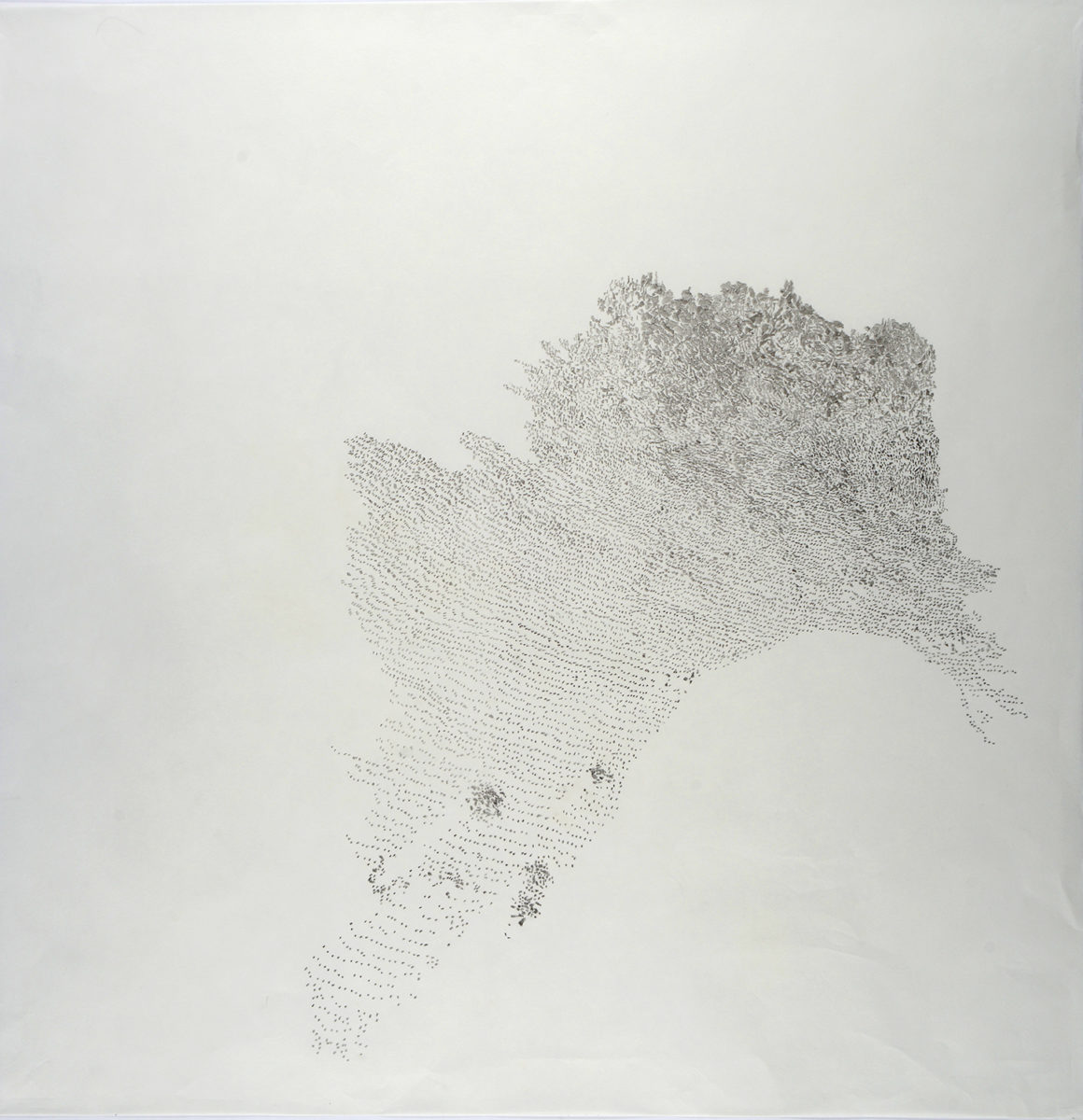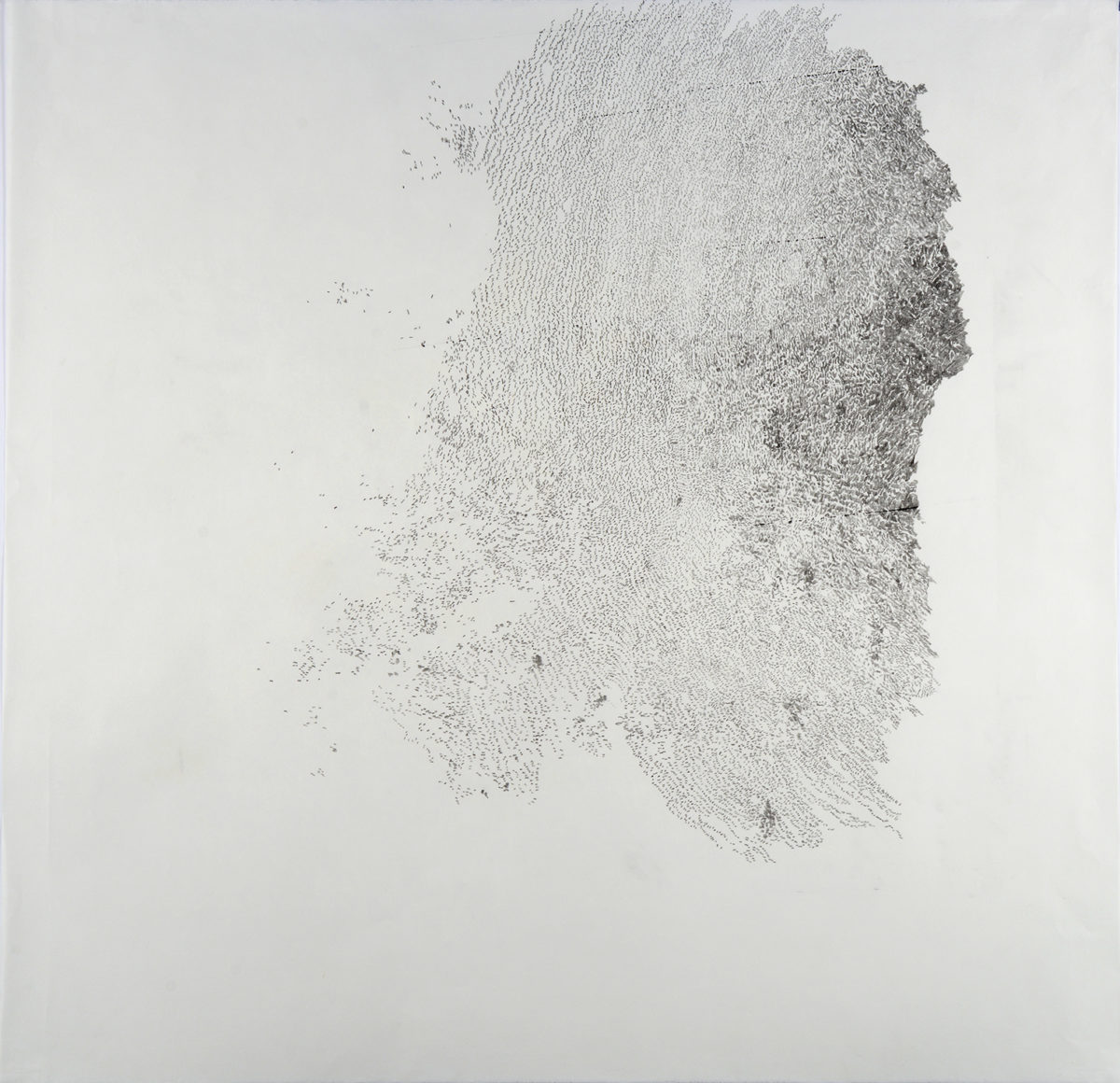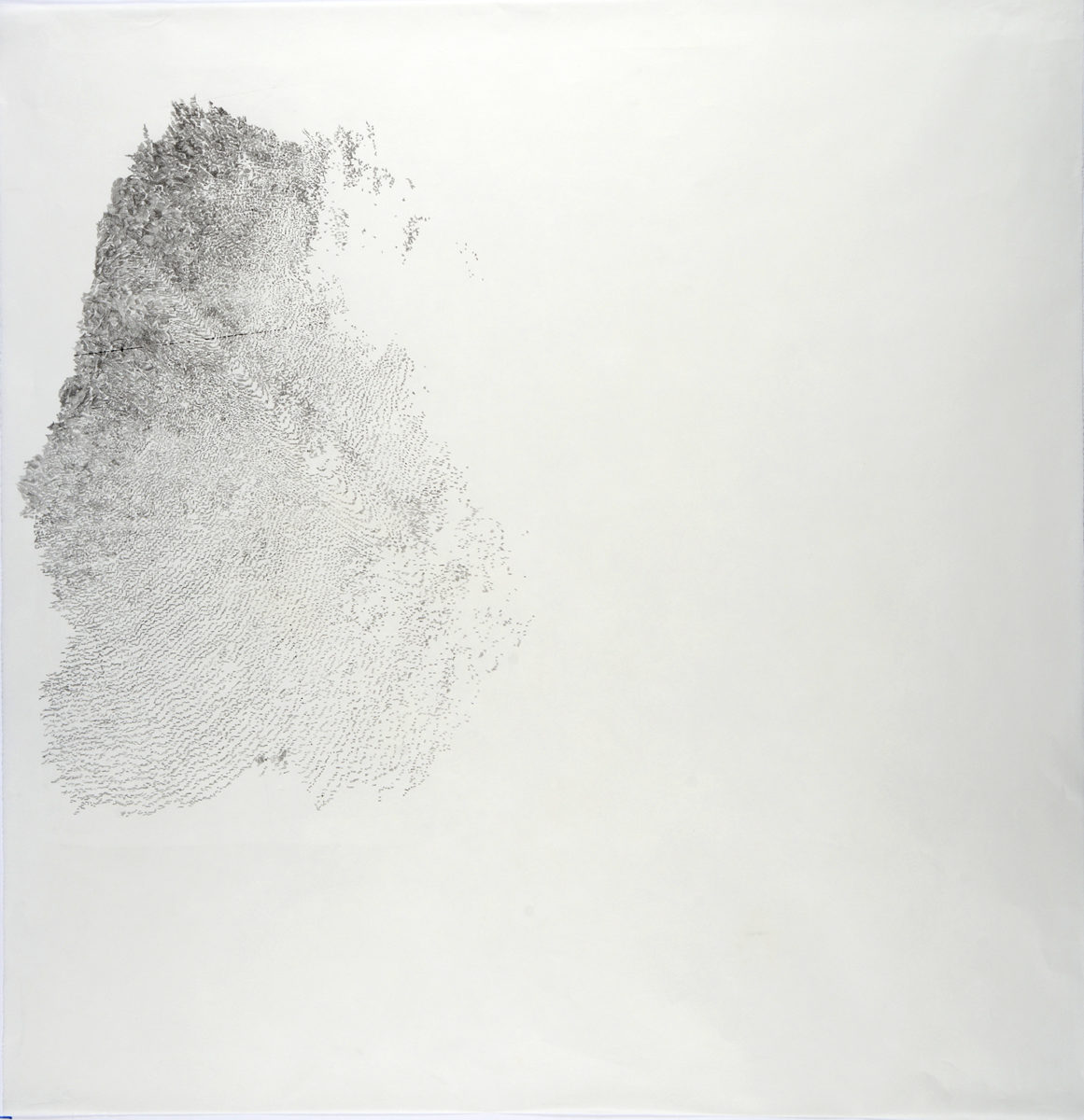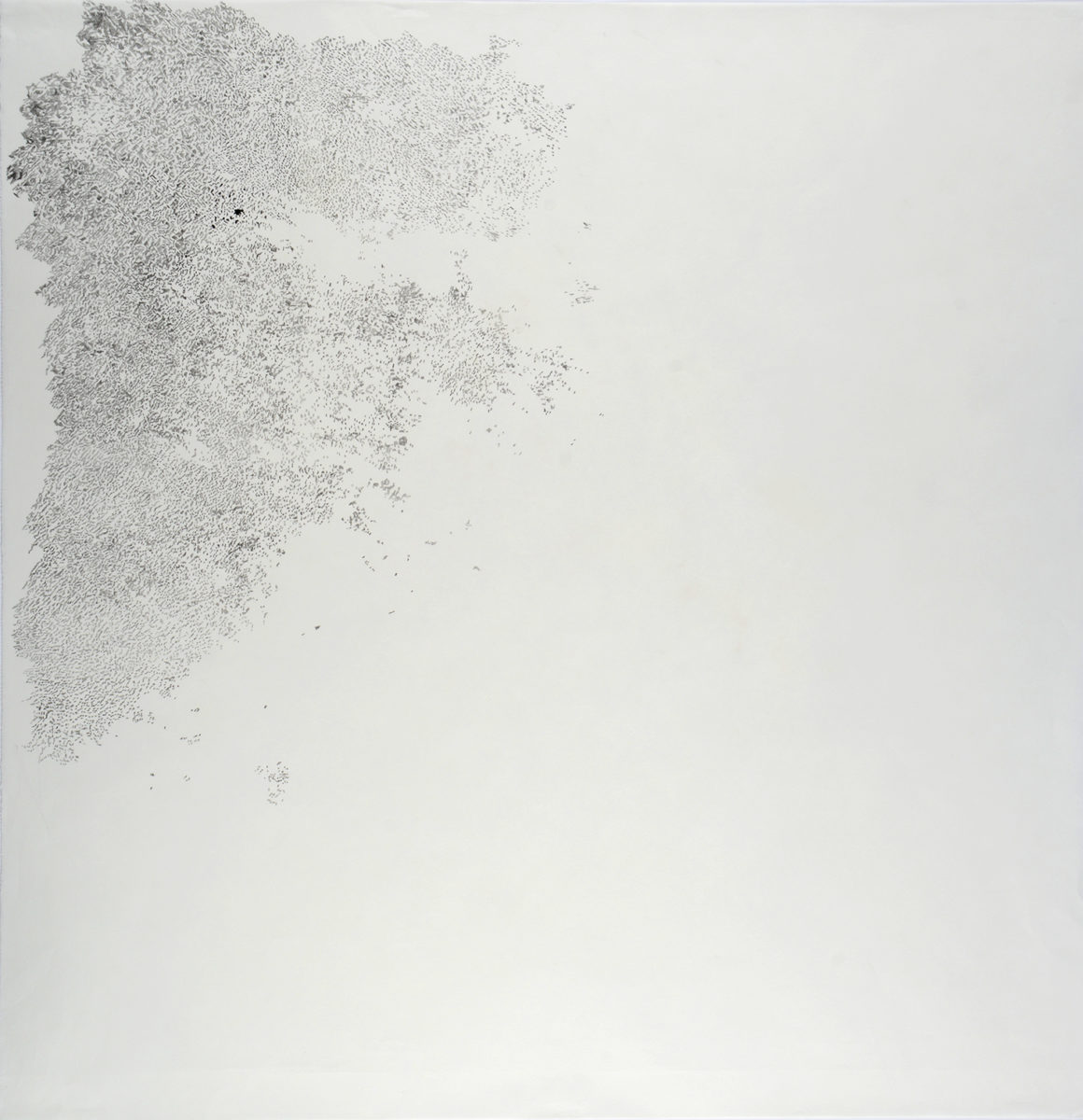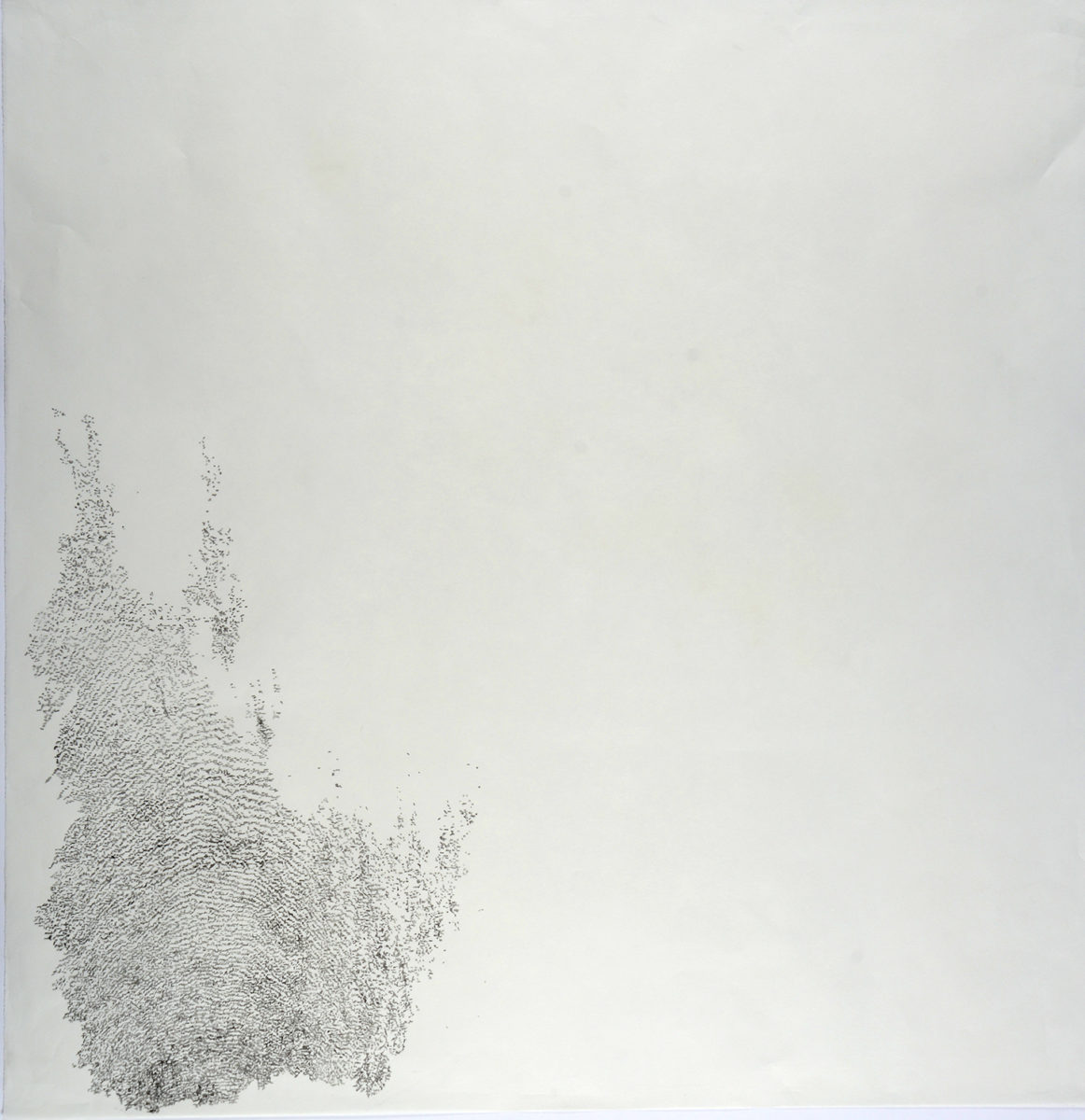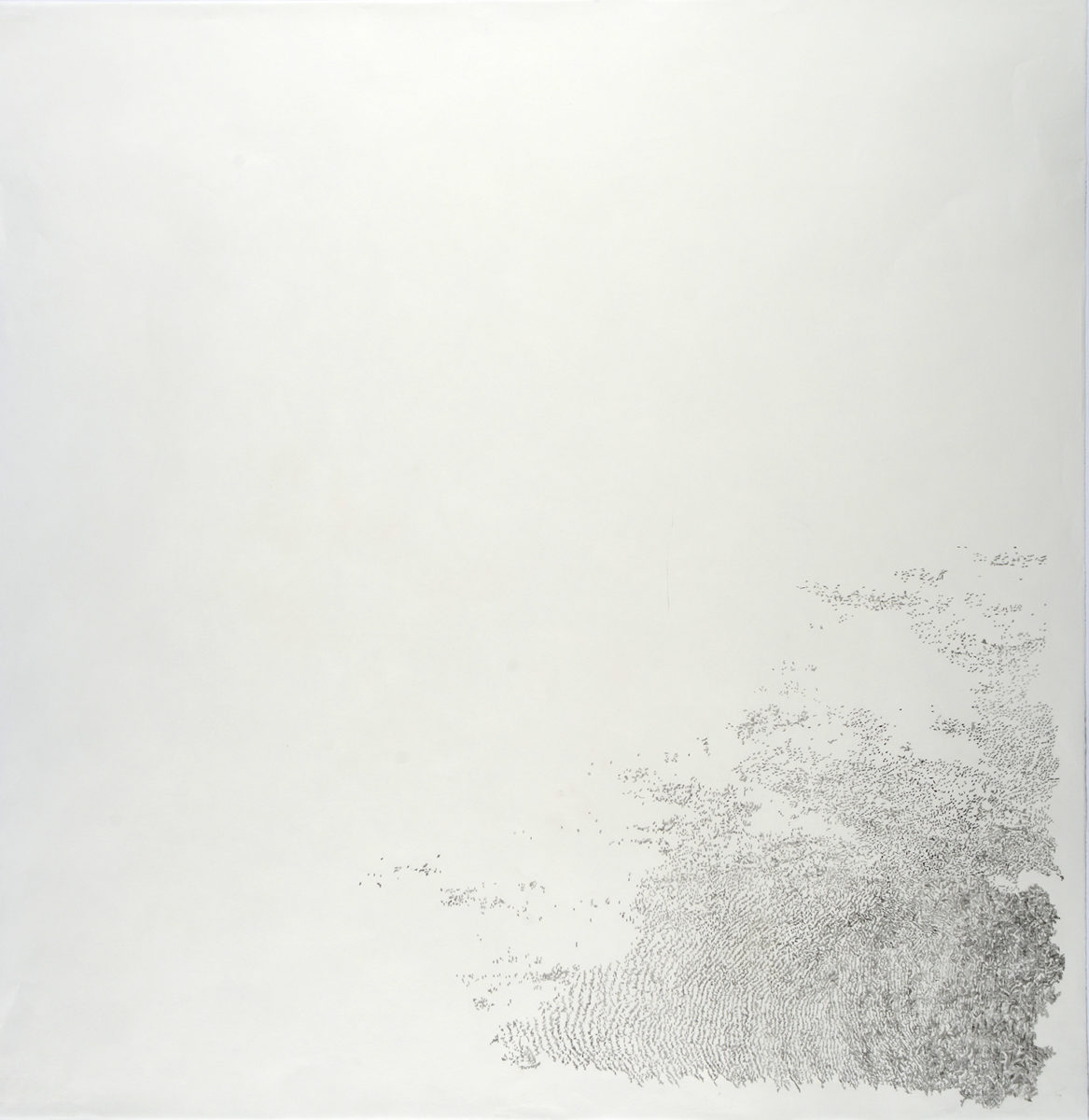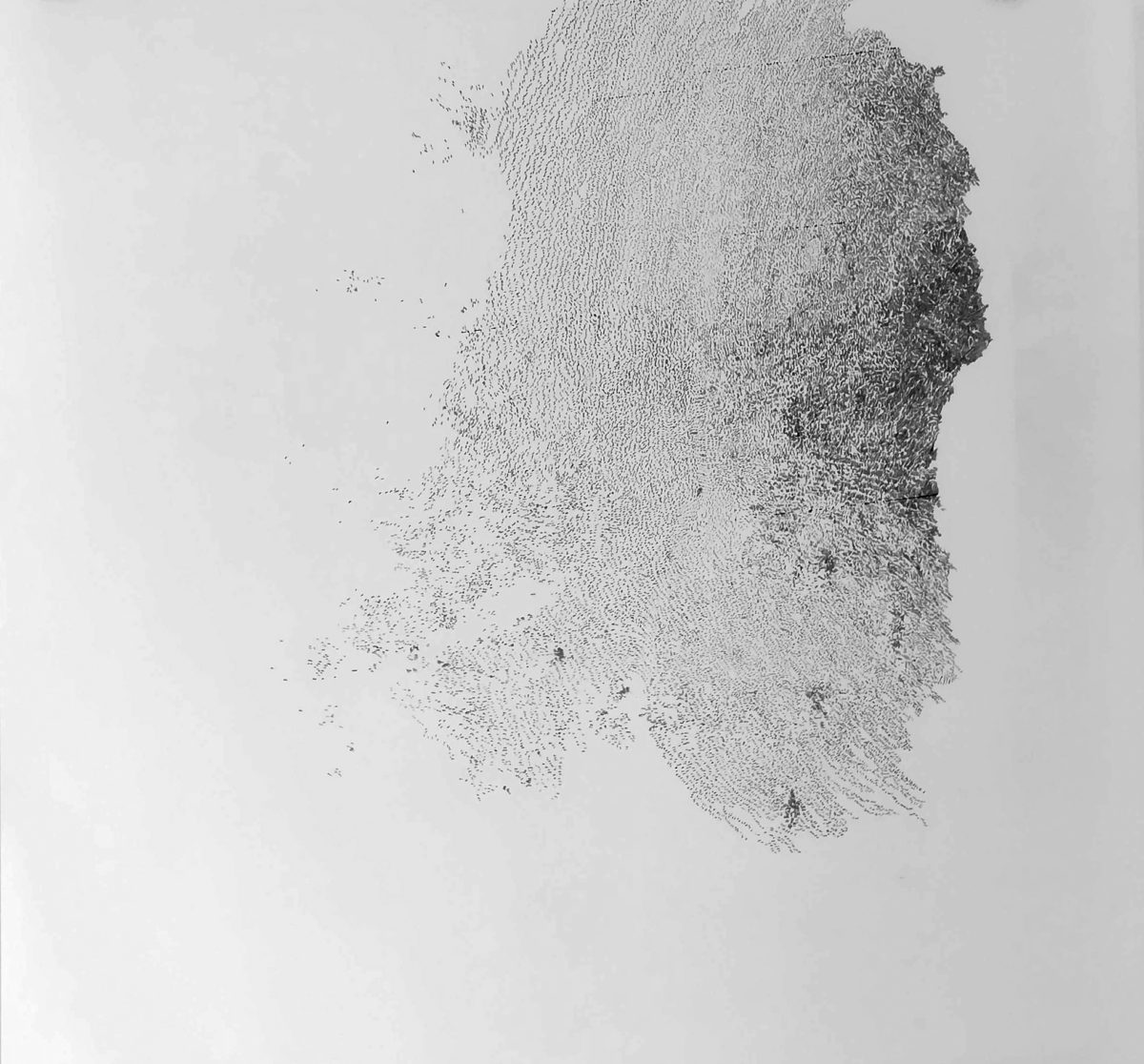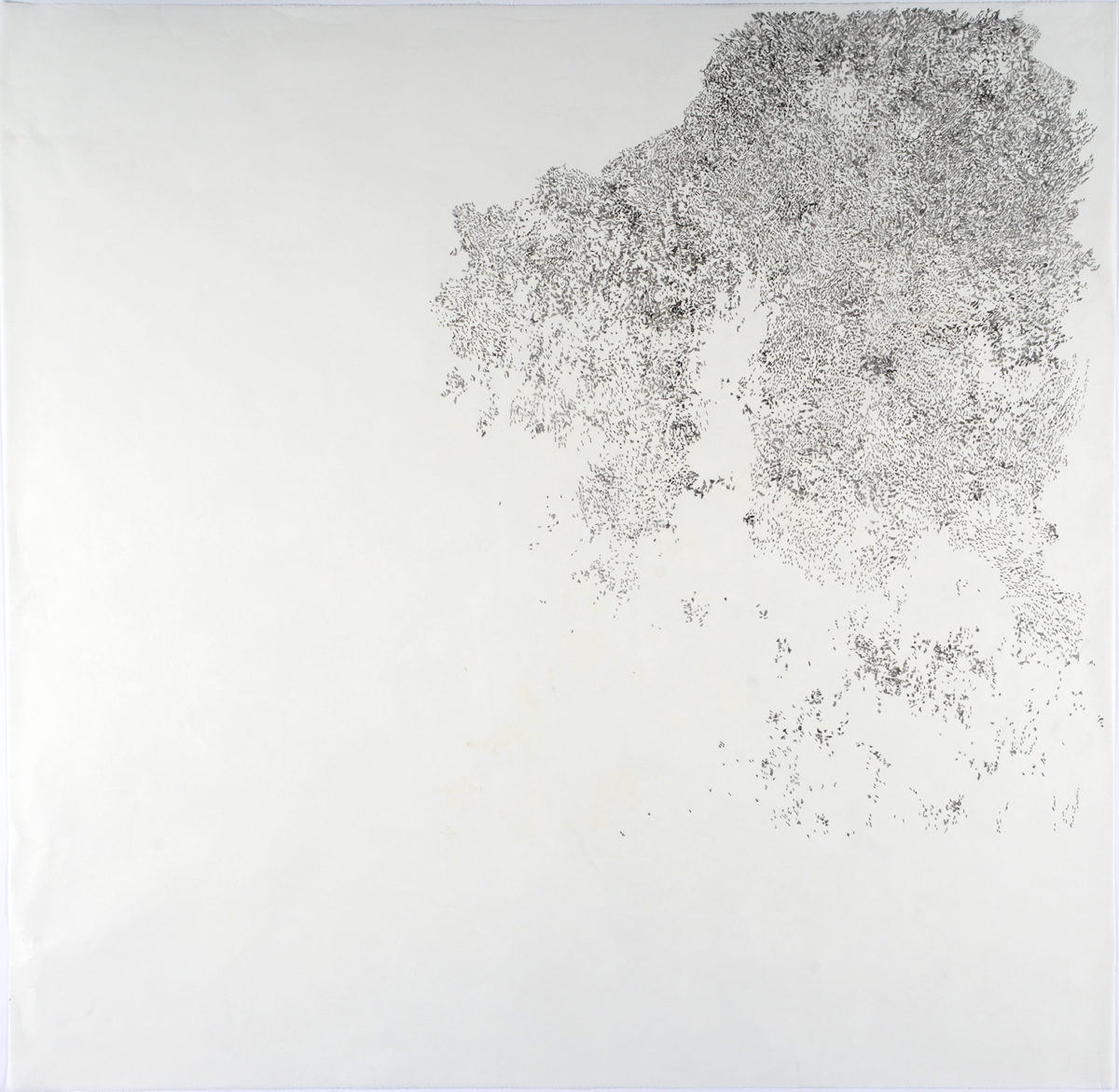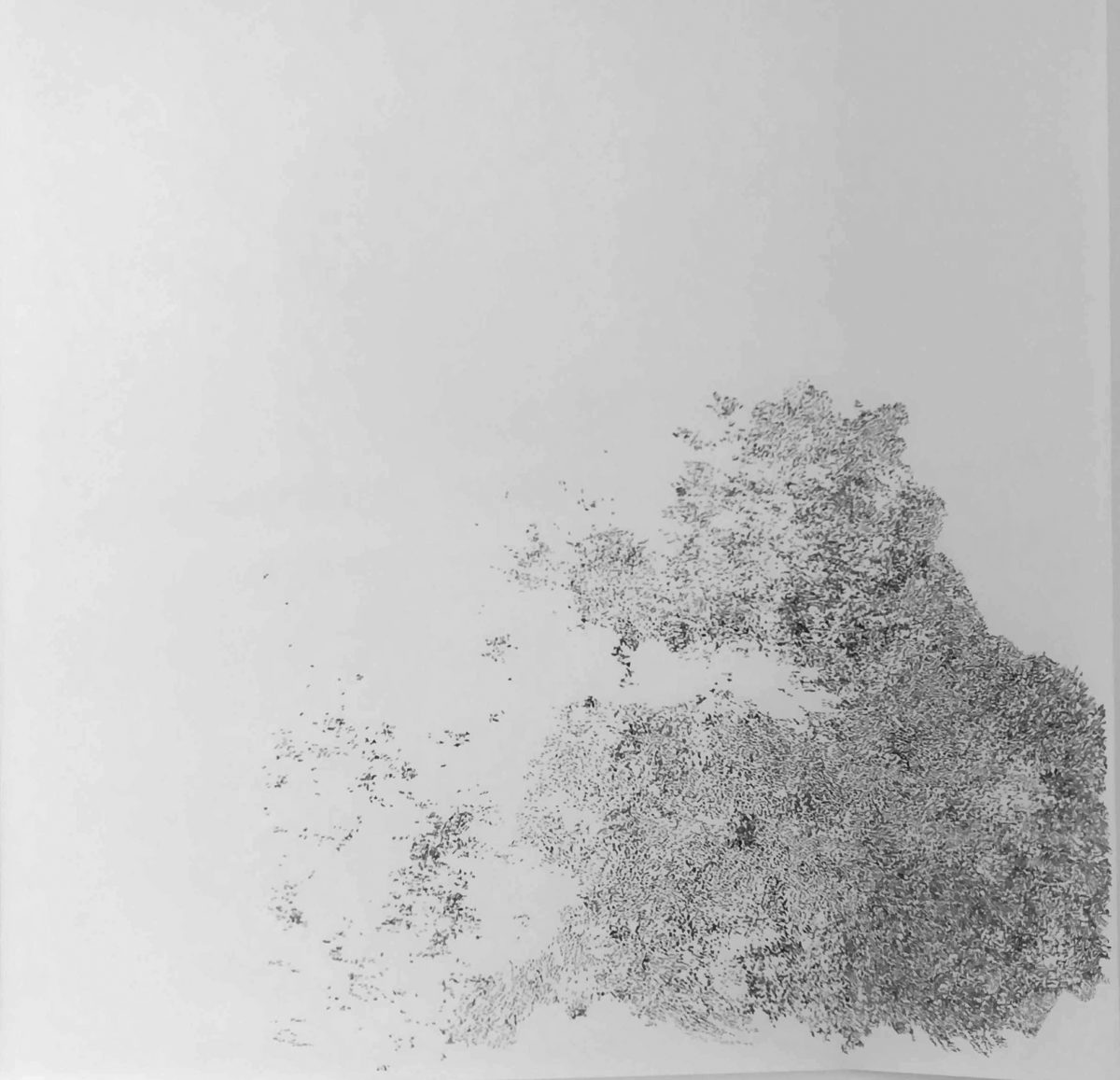
Contact Point 32° S, 115° E
The restrictions of travel due to Covid 19 have created a need to re-evaluate our terms of engagement with the world, personally, geographically and also temporally. The physical spaces we could explore became smaller, forcing us to think about how we consider our place in the world when normal structures for measuring were disrupted or removed.
With normal boundaries of geography and time suspended, digital tools enabled the potential to explore the world as never before. Using Lidar data scans taken during an artist residency in Perth Australia, 2019 I re-walked Lake Walyungup.
A seemingly forgotten, empty space in the midst of the urban community of Perth WA, Lake Walyungup has been a part of the Noongar community for thousands of years, connecting the lands ancestors and the children of the land (us being the children)
It has a deep history embedded within it but is now under threat of being fragmented and overwhelmed by the need for urban development. Following my participation in Talking Places: Unfolding Conversations, an international curated exhibition I spent 3 weeks exploring Lake Walyungup and surrounding wetland areas with Dr Sarah Robinson. Walking together, presenting work together and sharing stories and imaginings of place we invited others to widen the discussion about the need to shift ideas around wetland preservation and conservation.
During the spring of 2020 I recalled geographies and conversations, weather and forms, emotion and stories.
Contact Point 32° S, 115° E is an installation of unique monotype prints, reflecting on the many conflicting perspectives tied up in our global wetlands. The prints are an examination of how landscapes are shaped, experienced, valued and imagined.
For the last few years my practice has explored connections to landscapes through touch, it is this sense which grounds us as humans, connects us to the world. During the pandemic our sense of exploring through touch was removed, as were my normal creative methods for making work.
Using the most touch sensory technique available to me I used Monotype to create this body of work. Working without the restrictions of the press, I used the direct nature of the drawn line to transfer traces of scan data. The digital images reconnected me to the land where I stood, the Monotype process translated rhythms and timescales and the many layers of understanding needed to begin listening to, and seeing the land. Most importantly what emerged was a series of visual conversations, responding to emotional and physical memory of the place.
Contact Point 32° S, 115° E is a series of printed echoes crossing continents and recording a time when the world had to pause and listen.
Exhibited
2021
International Printmaking Triennale – Krakow.
